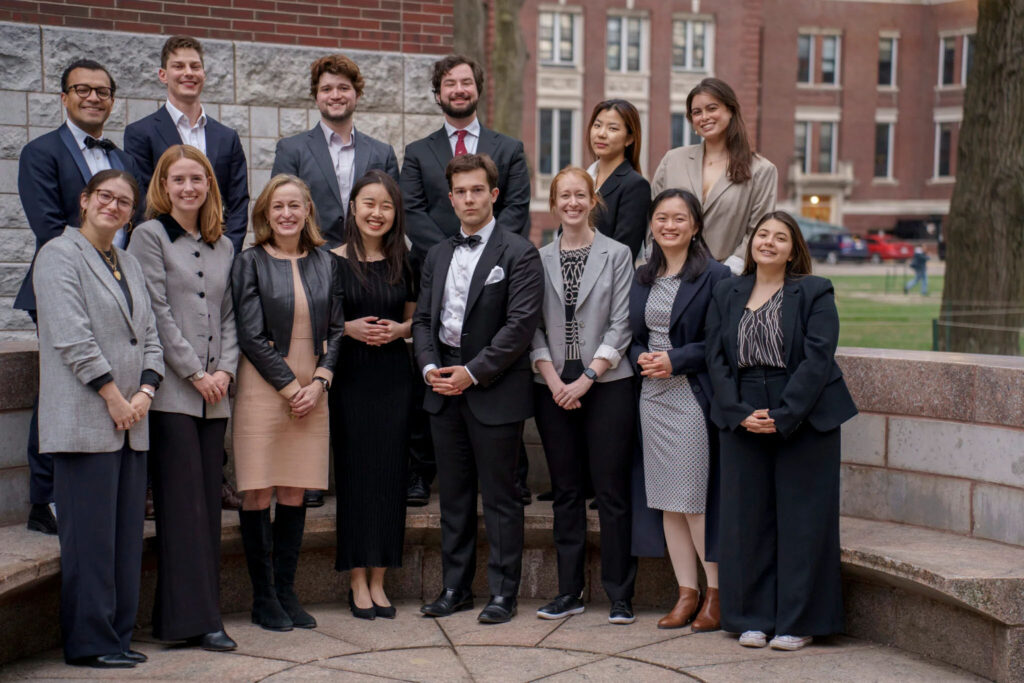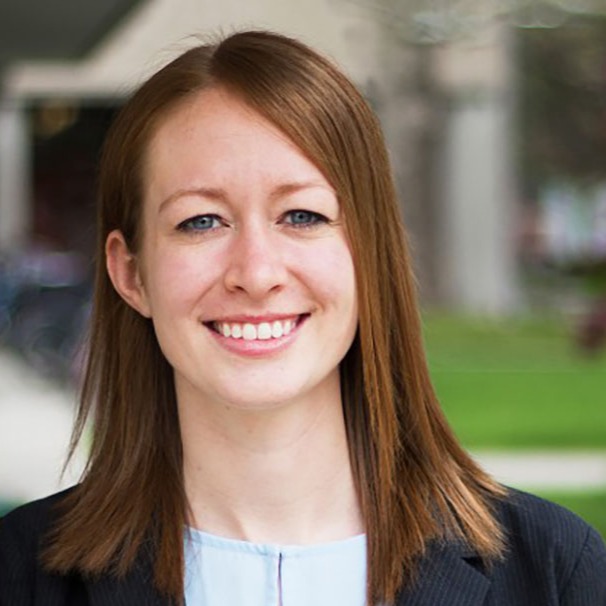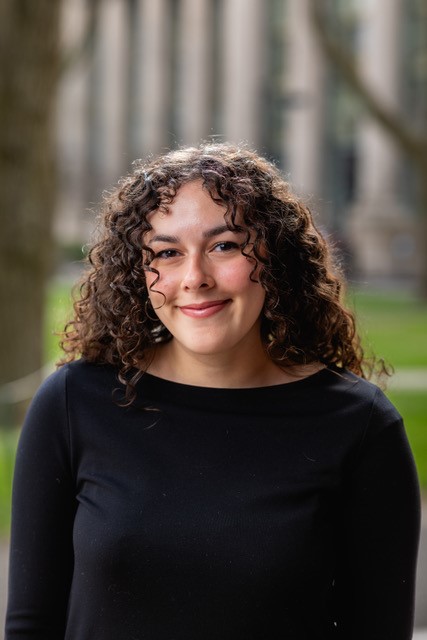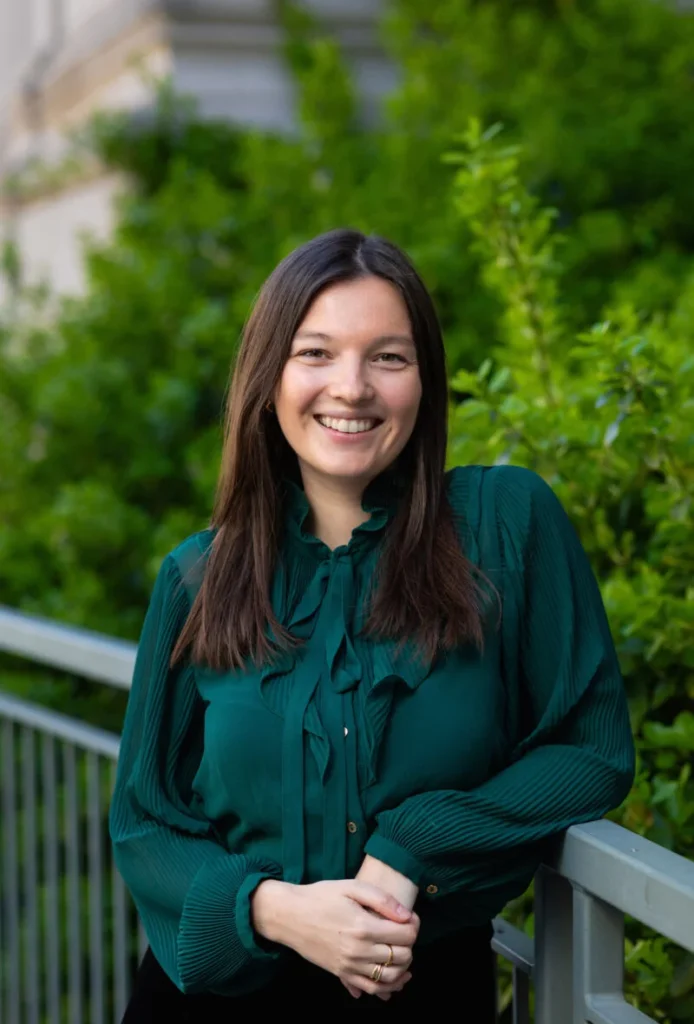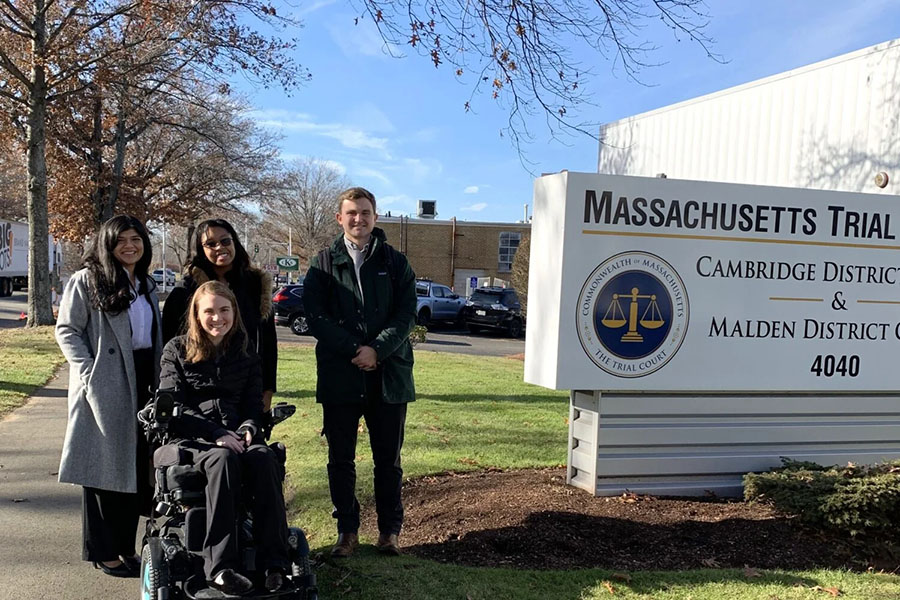This post originally appeared on Harvard Law School’s Clinical Blog.
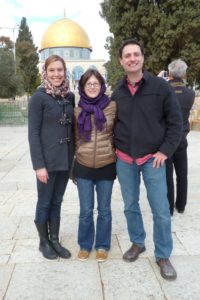
Tucked away in an idyllic corner of Maine is a summer camp that features many traditional American activities: singing around bonfires, flag raising ceremonies, Color Wars, and chilly dips in the lake. Less ordinary, however, are the daily dialogue sessions, where Israeli and Palestinian campers heatedly discuss their identities, homelands, politics, and pain.
Meet Seeds of Peace, the organization that runs this one-of-a-kind camp – and our client organization for a very unique clinical project. We—Krystyna Wamboldt ’12, Rachel Krol ’12, and Professor Robert Bordone ’97—partnered with Seeds of Peace to lead a skills-building workshop for the organization’s older youth, focused on interests-based, problem-solving negotiation.
As part of the Harvard Negotiation & Mediation Clinical Program (HNMCP), our three-person team traveled to Jerusalem in January 2012 to teach negotiation and mediation skills to a group of Israeli and Palestinian teenagers, all former campers at Seeds of Peace. For three days, the “Seeds” did a range of activities, including several role-plays and active listening exercises. On the final day of the program, the students put their new skills to use in a group negotiation simulation created by Workable Peace about the conflict in Northern Ireland.
“It was incredible to look around the room and see both Palestinians and Israelis working together during the Ireland simulation,” said Rachel. “It was a challenging negotiation, yet they were communicating effectively, asking questions, listening to each other, and asserting their own interests while working towards a common goal. It was a wonderful sight!”
We emphasized how important it is for negotiators to seek to understand the other’s viewpoint. A breakthrough moment occurred when one Jewish Israeli student bravely volunteered to play the role of a Palestinian opponent of Jewish settlements in front of the class; when she spoke, there was an audible gasp from the other students. The Israeli student turned to her peers and said, “This is much harder than it looks.” “It struck me then how rare it was for these teens to articulate the other side’s perspective, at least in public,” Krystyna reflected. “There are still so many barriers to communication.”
For the majority of the Palestinian and Israeli participants at Seeds of Peace, the camp in Maine is the first time that they have ever met someone from “the other side.” Over the course of the summer, their initial fear and mistrust of the “enemy” gives way to friendship and understanding, as the campers get beyond the stereotypes and grow to know one another as friends.
Yet once they return from camp, the Seeds struggle to reconcile these friendships with the realities of life in a conflict region. Back in their home communities, there are many barriers—both literal and figurative—that prevent them from staying connected. Their classmates and neighbors may not understand how they could be friends with “terrorists” or “murderers.” Even getting permits to visit each other at home is often impossible.
As part of its strategic mission, Seeds of Peace is working to expand the opportunities for these youth to keep interacting and dialoguing with each other in their home region once they return from camp. Partnering with our HNMCP team was part of its initiative to build leadership skills in this next generation of peacemakers
“For HNMCP’s part,” says Professor Bordone, “This project presented a rare opportunity to give our students a chance to see the challenges and the opportunities for people-to-people diplomacy. While I don’t harbor any illusions that our work in January will magically ‘solve’ this intractable conflict, I do believe that efforts to create connections, relationships, and genuine dialogue between people with profound differences can influence and impact decisions made by their governments down the road. Facilitating connections across these divides can be one important part of a larger series of preac-building activities, including official diplomatic talks and efforts at economic and security cooperation. It was a tremendous honor to begin this relationship with Seeds of Peace and we hope it will be the start of more joint work between our respective organizations.”
One participant said that the program taught him “how to overcome obstacles in the negotiation process and how to be a good mediator between people, which as Seeds is something we often experience.” Our hope is that the Seeds continue to practice the negotiation and mediation skills that they learned during the HNMCP workshop to work together on resolving their own conflict.
“We learned a lot of new things,” said another Seed. “I think we should be proud of ourselves.”


